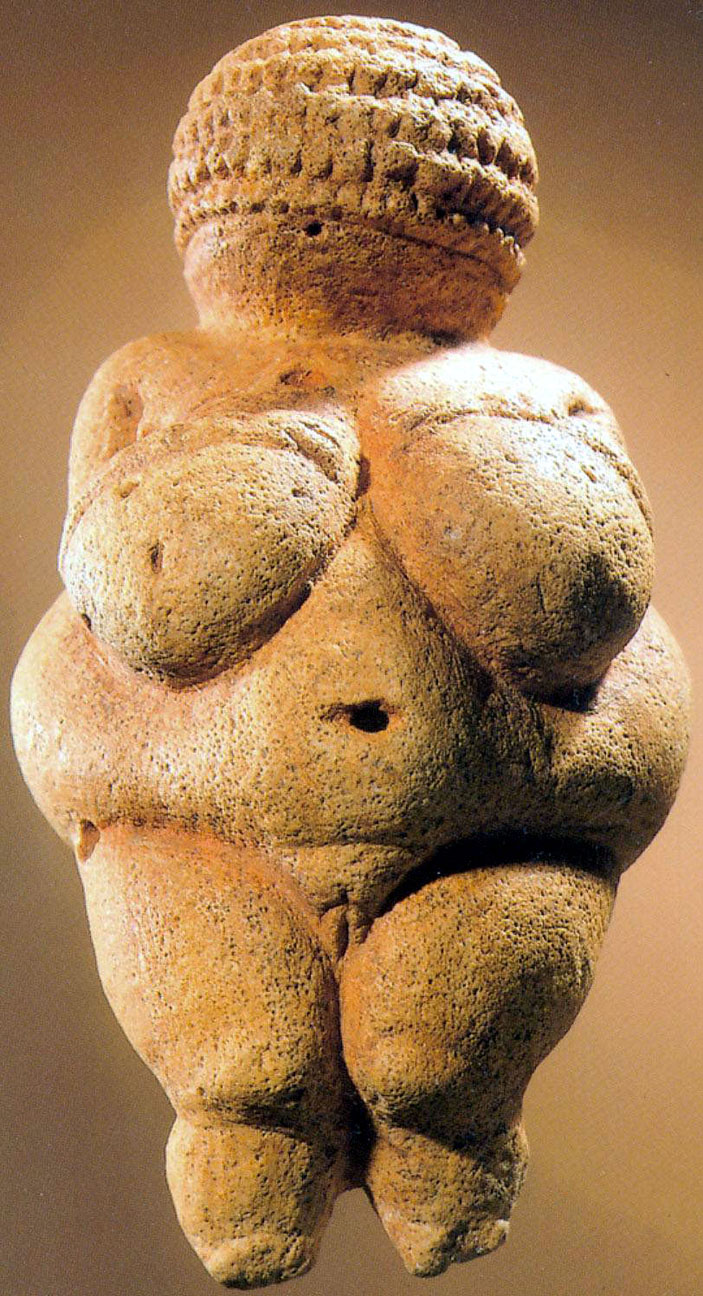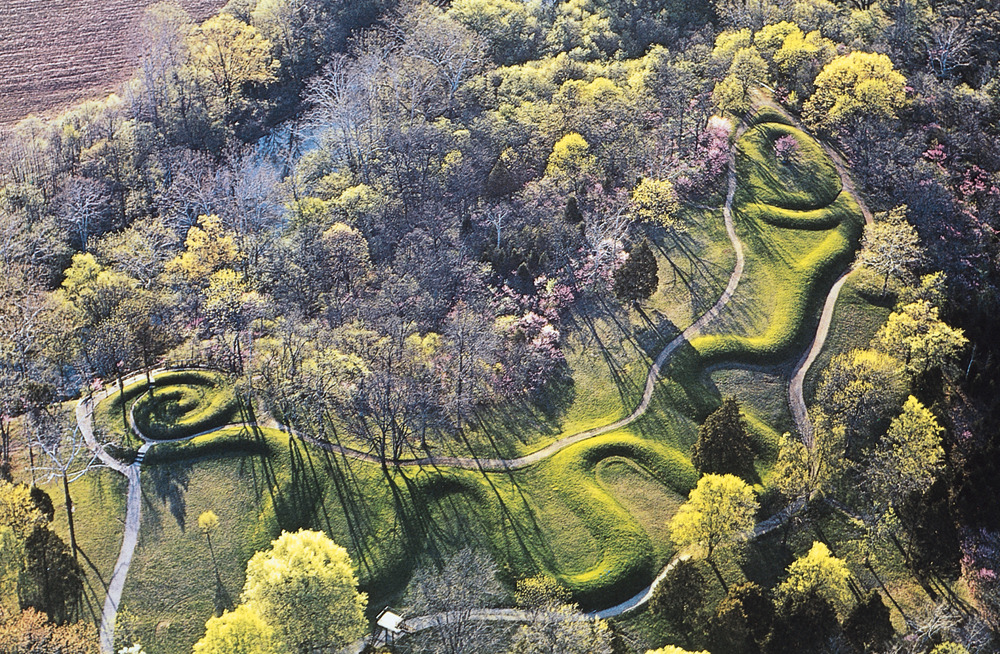Mastabas were the first egyptian structures. They are large rectangular structures that were usually built on top of tombs. They were originally just on the ground but then they begain to stack them making pyramid type structures. These structres were mainly made from limestone and are still visible to this day.
 |
| Stacked Mastabas |
The Great Pyramids of Giza are three pyramids each built for a different pharoah, Khufu, Khafre, and Menakaure. The largest of the three is Khufu's pyramid with a base of 755ft. All of these were built with almost perfect porportions which is incredible even with todays technology we have problems with that.
 |
| Three Pyramids of Giza |
The Sphinx of Giza is a giant lion body with a human head. This structure was built as a type of tomb/temple guard. This creation is placed near the pyramind of Giza and stands 66ft tall and 240ft long.
 |
| Sphinx of Giza |
Abu Simbel is a burial tomb carved into a solid rock mountain. The entrance of this tomb greets you with 4 huge statues of the pharoah Ramses in front. Due to the statues out front many would think it was his tomb but it was actually built for his wife. During the 1960's a dam was built near by causeing the valley to flood so the entire mountain was moved 200ft to higher ground to avoid flooding.
 |
| Abu Simbel Entrance |
King Tut's Tomb is the most famous egyption tomb due to the fact that it was completey untouched when it was discovered. It had over 5000 perfectly preserved artifactes inside when it was uncovered.
 |
| Inside King Tut's Tomb |
Nefertiti was Queen to Akenaten and was known for being the most beautiful women in egypt. She is also known for creating a sun cult and being given high artist prominence by the pharoah.
 |
| Bust of Queen Nefertiti |
Canon of Proportions: All egyption pictures are based on the measurements of the fiures fist. Also all the pictures of figures consisted of a frontal view of the eyes and the shoulders and a profile view of the head, legs and arms. The reason for these specific proportions was for a consistend recognizeable image.
 |
| Canon of Proportions Grid System |
So there you have it some structural masterpieces that have lasted the lengths of time and are still viewed as such. These structures are mysteries to us even today due to the complexity, proportions, and construction difficulties of these monsterous creations. I hope you enjoyed reading this and thank you for doing such. make sure to keep checking in for new and upcoming posts on more art history.





